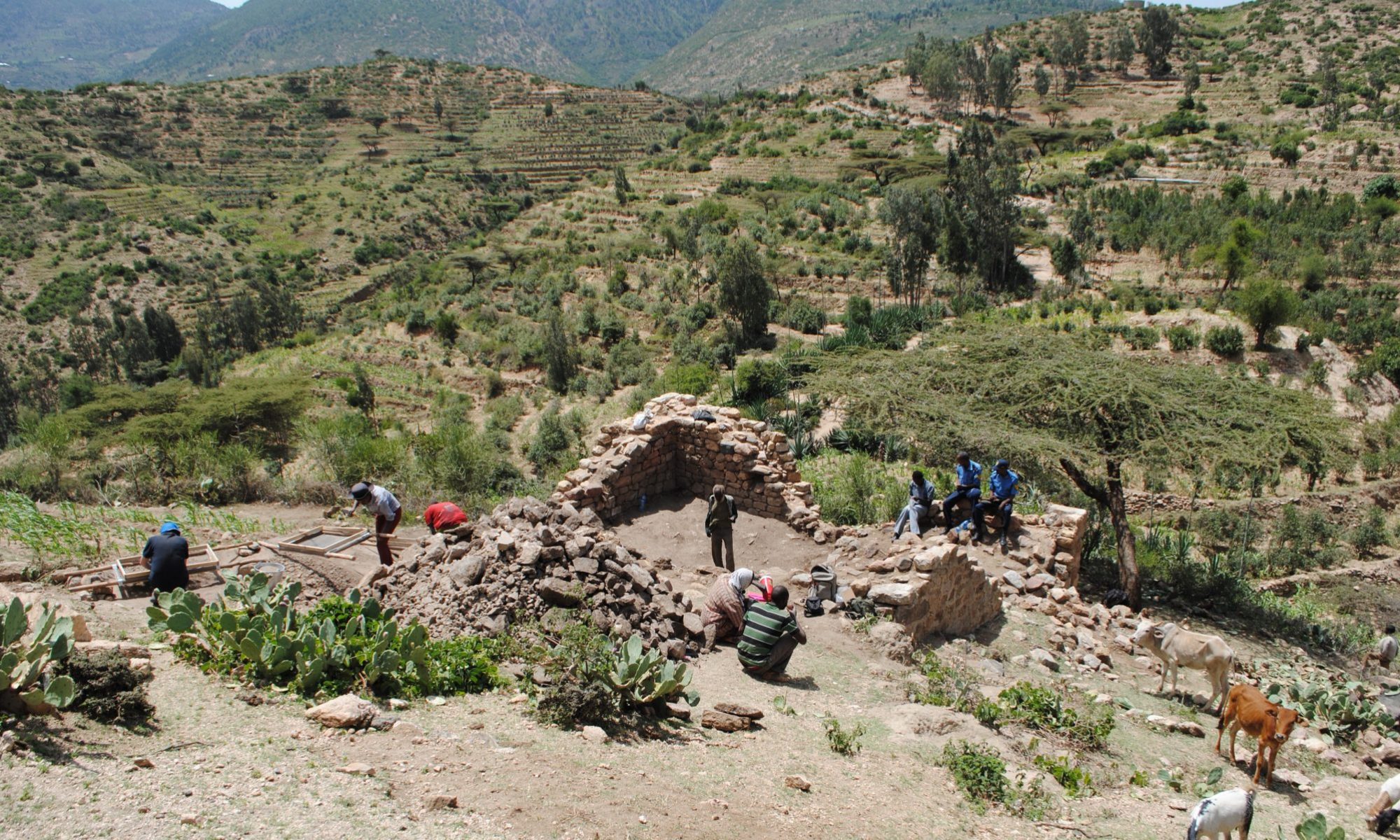This project has received funding from the European Research Council (ERC) under the European Union’s Horizon 2020 research and innovation programme (grant agreement No 694254).
Why do people convert to Islam? The contemporary relevance of this question is immediately apparent. Assessing genuine belief is difficult, but the impact of trade, Saints, Sufis and Holy men, proselytisation, benefits gained from Arabic literacy and administration systems, enhanced power, prestige, warfare, and belonging to the larger Muslim community have all been suggested. Equally significant is the context of conversion. Why were certain sub-Saharan African cities key points for conversion to Islam, e.g. Gao and Timbuktu in the Western Sahel, and Harar in Ethiopia? Archaeological engagement with Islamisation processes and contexts of conversion in Africa is variable, and in parts of the continent research is static. This project, directed by Professor Timothy Insoll, Al-Qasimi Professor of African and Islamic Archaeology at the Institute of Arab and Islamic Studies, University of Exeter, is exploring Islamic conversion and Islamisation through focusing on Harar, the most important living Islamic centre in the Horn of Africa, and its surrounding region.
The project team are involved in a wide range of activities and relevant recent and forthcoming events include:
19th November 2020. Impact of Islam in Changing Cities and Landscapes between 7th and 11th c. CE conference, CSIC, Escuela de Estudios Árabes, Granada, Spain.
6th October 2020. Spice Route Programme Webinar, Directorate General of Culture, Republic of Indonesia.
24th September 2020. Global Perspectives Roundtable, “Cultural Heritage and Peace”, British Academy.
10th-11th January 2020. Hosted and organised Indian Ocean World Archaeology conference, Institute of Arab and Islamic Studies, University of Exeter
17th-18th December 2019. Project Conference on Archaeological Perspectives on Conversion to Islam and Islamisation in Africa (see link for details).
July 2019. Tsinghua University Area Studies Forum, China
June 2019. European Association for the Study of Religions Conference, University of Tartu, Estonia
January 2019. Lectures at SOAS, and University of Oxford
December 2018. Seminar in the Institute of Arab and Islamic Studies on current PhD and Post-Doctoral research in the Centre for Islamic Archaeology
November 2018. African Archaeology Research Day, Cambridge University
June 2018. Representing Africa in British Museums Conference”, Royal Albert Memorial Museum, Exeter (8th June). Organised by Professor Timothy Insoll with Tony Eccles, RAMM
June 2018. “Empires and Composite States in Global Perspective Conference”, Trinity College Dublin
March 2018. “The History and Culture of Harar Workshop”, Centre for Material Histories of Islamicate Cultures, New York University
November 2017. African Archaeology Research Day, University of York, UK
October 2017. Seminar in the Institute of Arab and Islamic Studies on current PhD and Post-Doctoral Research in the Centre for Islamic Archaeology.
July 2017. Red Sea VIII Conference, University of Warsaw, Poland
June 2017. Formal launch of the new Centre for Islamic Archaeology in the Institute of Arab and Islamic Studies with Professor Timothy Insoll as Director.
April 2017. “Islamic Archaeology in Global Perspective Conference”, Bahrain National Museum (11th-14th April). Organised by Professor Timothy Insoll with the Bahrain Authority for Culture and Antiquities.


